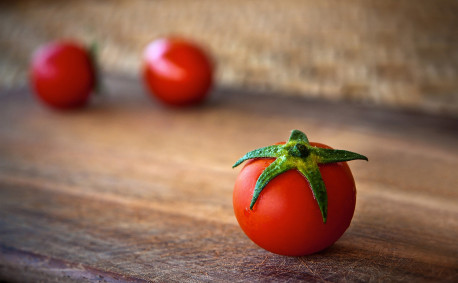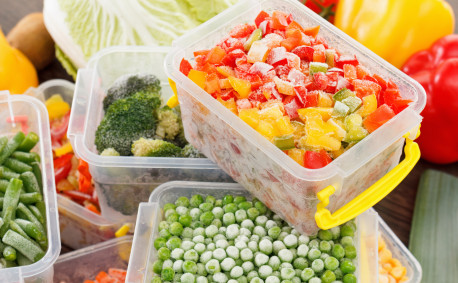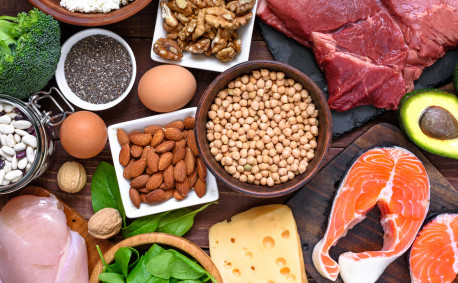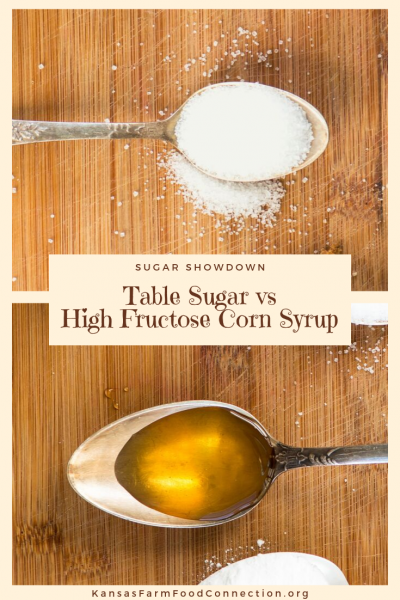Which Is Better: Sugar or High-Fructose Corn Syrup
High-fructose corn syrup has gotten a bad rap, but it’s not as bad as people fear. In fact, it’s almost identical to table sugar in how our bodies process it. And what about the corn syrup we use to make pecan pie? Where does that fit in? Choosing the best option can get downright confusing. We’re here to break it down, so you can feel comfortable making the best choices for your family.
About Added Sugars
Table sugar, corn syrup and high-fructose corn syrup all fall under the category of added sugars. Added sugars are all about sweetness and have no nutritional value.
A few examples of added sugars are:
- Sugar (granulated, confectioner’s, raw, etc.)
- Corn syrup
- High-fructose corn syrup
- Brown sugar
- Molasses
- Honey
- Maple syrup
On the other hand, natural sugars are those that occur in — you guessed it — nature. Fruits and dairy contain natural sugars — fructose and lactose, respectively. Fruits and dairy are also packed with nutrients. Fruit is full of fiber, vitamins and minerals. Dairy products are packed with protein, vitamins and minerals. Even though they contain sugars, they have other nutritional benefits. In fact, the USDA recommends eating fruit and dairy products for a balanced diet.
How Sugars Are Processed in the Body
Glucose and fructose are two of the basic sugars, which can be added to food or occur naturally. They both provide the body with energy, but they are metabolized differently.
Tissues absorb glucose from the blood. This process uses insulin, which raises blood sugar levels temporarily and increases energy.
Fructose, on the other hand, is processed in the liver and doesn’t use insulin. Instead, it’s converted into fat, which can raise blood lipid levels and be used as energy later.
Eating either type of sugar in excess can lead to weight gain and health problems.
What does all this mean in the great sweetener debate? Let’s take a look at the big three added sugars to see how they add up.
Types of Sugars
Table Sugar
Granulated table sugar is made from sugar beets or sugar cane. Also called sucrose, table sugar is made of 50 percent fructose and 50 percent glucose.
Corn Syrup
Corn syrup, as the name indicates, is made from corn. The starch from corn is processed to create a thick, viscous liquid. Often used in baking, corn syrup creates a smoother texture than regular sugar.
Think of a pecan pie versus a cake. A pecan pie, which uses corn syrup, is gooier and less spongy than a cake, which uses granulated sugar. (Granted, the other ingredients contribute to both flavor and texture, but this gives you an idea of how the sweetener’s texture can affect the end product.)
Because of the texture it creates, corn syrup is also used in other sweets like candy, ice cream and marshmallows. Some breweries use corn syrup during fermentation because it activates the yeast. However, the corn syrup does not end up in the beer itself.
Unlike table sugar, corn syrup is made entirely of glucose.
High-Fructose Corn Syrup
High-fructose corn syrup is made from corn syrup. During processing, enzymes convert some of the glucose to fructose. High-fructose corn syrup is made in different concentrations. The most common is HFCS 55, which is 55 percent fructose and 42 percent glucose (and 3 percent of other sugars) — very similar to regular table sugar. The main difference is its liquid consistency.
Another formula, HFCS 90, is less commonly used. It has a higher concentration of fructose and is much sweeter than HFCS 55, so it’s used in smaller quantities.
Most of the high-fructose corn syrup used in commercial foods is HFCS 55. Unlike corn syrup, high-fructose corn syrup is not sold directly to consumers at the grocery.
So, why do so many food companies use high-fructose corn syrup? It became popular in the 1970s when sugar prices were high. Because corn prices were low, companies found they could sweeten foods more economically using high-fructose corn syrup.
Which Is Healthier?
In short, they’re all about the same. Our bodies break down table sugar and HFCS 55 in nearly the same manner, so there’s no fundamental difference between the two.
Sugars have no nutritional value. They can increase the risk of high blood pressure, Type 2 diabetes, heart disease and unhealthy weight gain.
One gram of simple sugars has four calories. There are about four grams in one teaspoon of sugar.
The American Heart Association recommends:
- Adult women should eat no more than six teaspoons of added sugar per day, which translates to 25 grams and 100 calories.
- Adult men should eat no more than nine teaspoons of added sugar per day, which translates to 36 grams and 150 calories.
Put another way by the Dietary Guidelines for Americans, adults should eat no more than 10 percent of their daily calories from added sugars.
So, don’t worry about table sugar versus corn syrup versus high-fructose corn syrup. The real trick is to check nutrition labels for sugar content. Even “healthy” foods like salad dressing can have sugar. Just make sure that you eat any type of added sugar in moderation.





